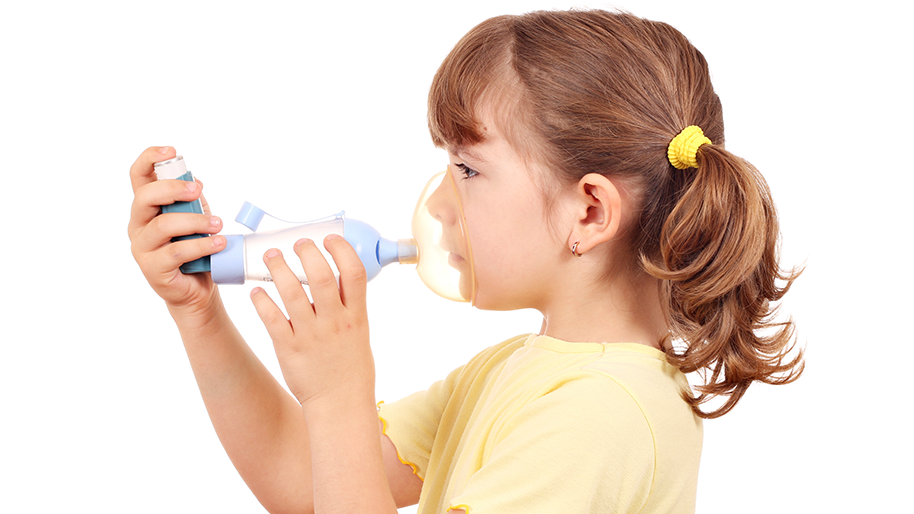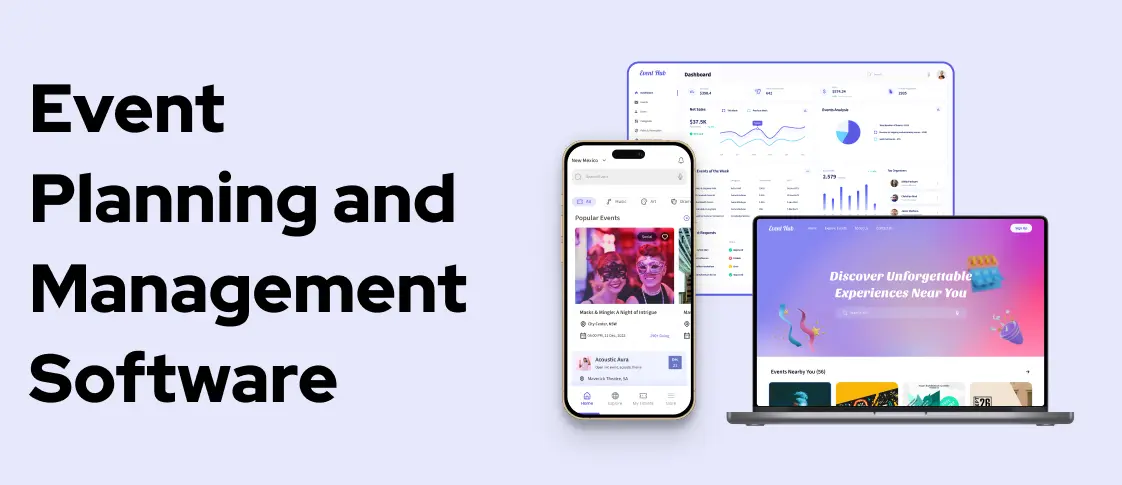Comparing Medical Alert Devices: Features and Pricing
When comparing medical alert devices, it's essential to consider their features and pricing. Key features often include fall detection, GPS tracking, two-way communication, and emergency response times. Pricing varies based on these functionalities, with monthly fees and equipment costs differing among providers. Conducting thorough research can help you find the right medical alert systems that suit your needs and budget.
Introduction
As the population ages, the demand for medical alert devices continues to grow. These devices serve as vital tools that enhance the safety and independence of seniors and individuals with health conditions. With a plethora of options available in the market, choosing the right medical alert device can be overwhelming. In this article, we will compare various medical alert devices based on their features, pricing, and overall effectiveness.
Understanding Medical Alert Devices
Medical alert devices are wearable or portable devices that allow users to call for help in case of a medical emergency. These devices typically consist of a button that, when pressed, alerts a monitoring center or designated contacts. They come in various forms, including necklaces, bracelets, and pendants, and can be equipped with additional features such as fall detection, GPS tracking, and two-way communication.
Key Features to Consider
When comparing medical alert devices, several key features should be taken into account:
- 24/7 Monitoring: Look for devices that provide round-the-clock monitoring services, ensuring that help is always available.
- Fall Detection: Some devices are equipped with sensors that automatically detect falls and alert emergency services without the user needing to press the button.
- GPS Tracking: For users who may wander or travel outside their home, GPS tracking allows caregivers and family members to locate them quickly.
- Water Resistance: A water-resistant device ensures that the user can wear it in the shower or while swimming without fear of damage.
- Two-Way Communication: Devices with built-in speakers and microphones allow users to communicate directly with monitoring personnel.
- Mobile Apps: Some devices offer companion apps that allow family members to monitor the user’s status and receive alerts.
Popular Medical Alert Devices
1. Life Alert
Life Alert is one of the most recognized names in the medical alert industry. Their classic device features a pendant or wristband that connects to a base station. Users can call for help by pressing the button, and the system will automatically connect them to the monitoring center. Life Alert also offers options for fall detection and a mobile app.
Pricing: Life Alert requires an upfront cost for the device, typically around $99, with monthly monitoring fees ranging from $49 to $89, depending on the services selected.
2. Medical Guardian
Medical Guardian offers a range of devices, including in-home and mobile options. Their devices come with features such as fall detection, GPS tracking, and two-way communication. The Mobile Guardian device is particularly popular for its portability and ease of use.
Pricing: Medical Guardian's plans start at approximately $29.95 per month, with device costs varying based on the chosen model. The initial setup fee can range from $0 to $199, depending on promotions.
3. Bay Alarm Medical
Bay Alarm Medical provides a variety of medical alert systems, including in-home and mobile options. Their systems offer features like fall detection, GPS tracking, and 24/7 monitoring. They also have a user-friendly mobile app that allows family members to monitor the user's activity.
Pricing: Plans start at $19.95 per month for the in-home system, with additional costs for mobile units and fall detection features. The device itself may have a one-time cost of around $49.
4. Philips Lifeline
Philips Lifeline is well-known for its medical alert services, specifically their AutoAlert feature, which detects falls automatically. Their devices are easy to use and integrate well with other Philips health products.
Pricing: The service starts at around $29.95 per month, with initial device costs varying based on the chosen features, typically between $50 and $100.
5. GreatCall Lively Mobile Plus
The Lively Mobile Plus is a mobile medical alert device that combines emergency response features with a smartphone-like interface. It includes fall detection, GPS tracking, and 5Star Urgent Response services, which connect users to trained agents.
Pricing: The device costs around $49.99 upfront, with monthly plans starting at $24.99, making it one of the more affordable options.
Comparative Analysis of Features
When evaluating the various medical alert devices, it's important to compare their features side by side:
| Device | 24/7 Monitoring | Fall Detection | GPS Tracking | Water Resistant | Two-Way Communication | Mobile App | Starting Price |
|---|---|---|---|---|---|---|---|
| Life Alert | Yes | Optional | No | Yes | Yes | No | $49/month |
| Medical Guardian | Yes | Optional | Yes | Yes | Yes | Yes | $29.95/month |
| Bay Alarm Medical | Yes | Optional | Yes | Yes | Yes | Yes | $19.95/month |
| Philips Lifeline | Yes | Yes | Optional | Yes | Yes | No | $29.95/month |
| GreatCall Lively Mobile Plus | Yes | Yes | Yes | Yes | Yes | Yes | $24.99/month |
Pricing Considerations
When it comes to pricing, medical alert devices can vary significantly based on the features offered and the service provider. Here are some pricing considerations to keep in mind:
- Base Costs: Many companies charge an upfront fee for the device itself, which can range from $0 to $200.
- Monthly Fees: Monthly monitoring fees typically range from $19.95 to $89, depending on the service and features included.
- Contract Terms: Some providers require long-term contracts, while others offer month-to-month services, providing more flexibility.
- Additional Features: Optional features like fall detection and GPS tracking usually come with added monthly fees.
Pros and Cons of Medical Alert Devices
As with any technology, medical alert devices have their pros and cons. Understanding these can help users make informed decisions.
Pros:
- Provides peace of mind for users and their families.
- Allows seniors to maintain independence while ensuring help is readily available.
- Many devices come with additional features that enhance safety.
- Most services offer 24/7 monitoring, ensuring help is always a button press away.
Cons:
- Monthly fees can add up over time, particularly for higher-end services.
- Some users may find the devices uncomfortable or cumbersome to wear.
- Technology can sometimes fail, either due to battery issues or connectivity problems.
- Users may experience privacy concerns with GPS tracking features.
Conclusion
Choosing the right medical alert device is a crucial decision that can significantly impact the safety and well-being of seniors and individuals with health conditions. By considering the essential features, pricing, and the pros and cons of various options, users can make an informed choice that best meets their needs. Whether it’s a simple in-home system or a more advanced mobile device, the right medical alert device can provide peace of mind and a sense of security for both users and their families.
Final Thoughts
As technology continues to evolve, the medical alert system market will likely see more innovations and improved functionalities. For those considering investing in a medical alert device, it is advisable to review user testimonials, conduct thorough research, and possibly try out devices with trial periods offered by some manufacturers. Ultimately, the goal is to find a device that ensures safety, enhances independence, and provides peace of mind for both the user and their loved ones.
Explore

Chevy Silverado 2025: Pricing & Buying Guide

Critical CRM Features That Help SMBs Win More Customers
Unlocking Health: Your Comprehensive Guide to Medical Loans for Affordable Care

Understanding Childhood Asthma: Symptoms, Causes, and Treatment Options

How Sewer Cameras and Locators Improve Plumbing Diagnostics

Top Cruise Lines Offering Senior-Friendly Amenities and Discounts

Common Garage Door Problems and How to Fix Them

Event Planning Software for Small Teams: Affordable and Effective Options
